Home>diy>Building & Construction>What Does “BMS” Stand For In Construction
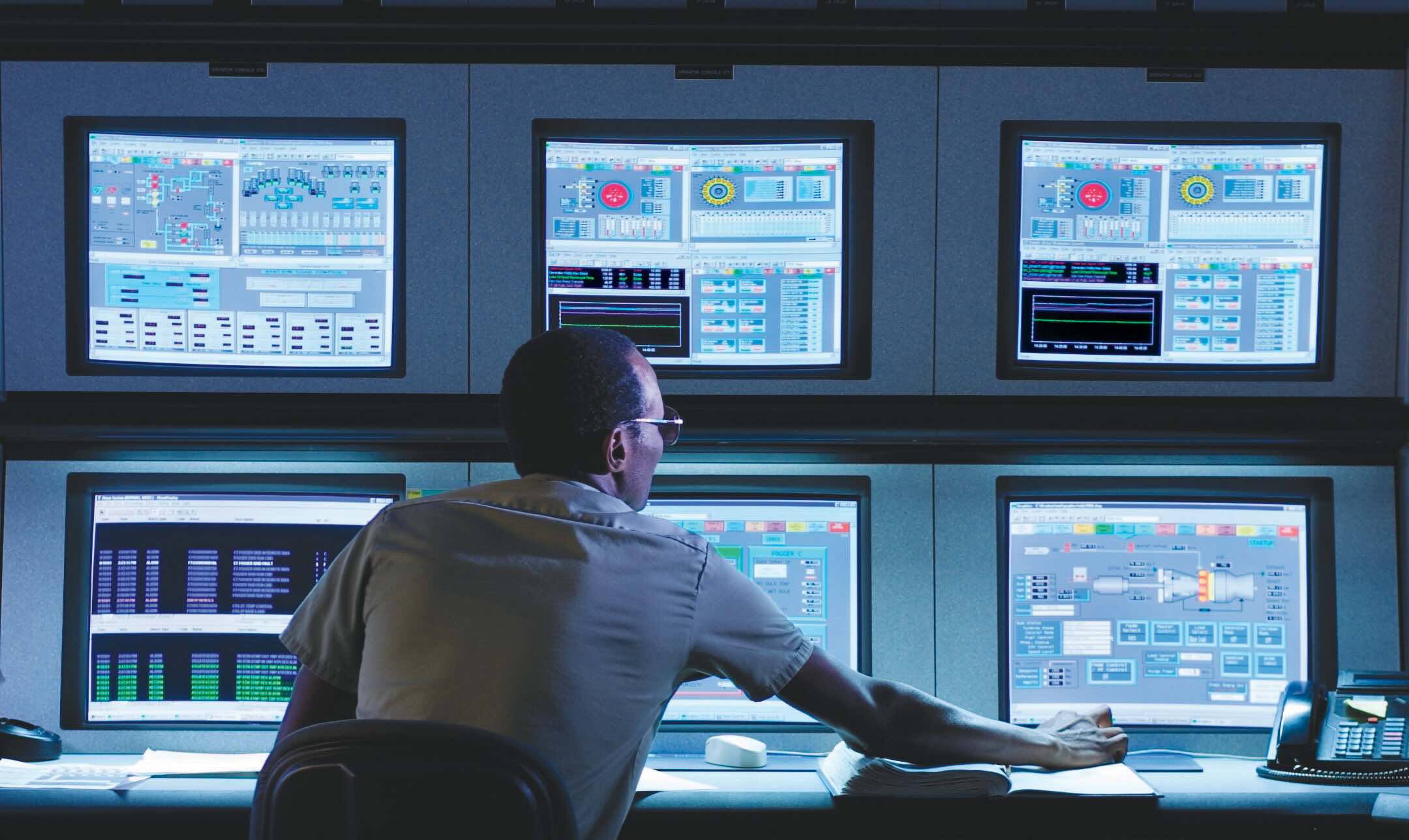

Building & Construction
What Does “BMS” Stand For In Construction
Modified: January 6, 2024
Discover the meaning of "BMS" in the context of building construction. Learn how this term plays a vital role in ensuring efficient management and control of various systems and processes.
(Many of the links in this article redirect to a specific reviewed product. Your purchase of these products through affiliate links helps to generate commission for Storables.com, at no extra cost. Learn more)
Introduction
Building Management System (BMS) is a crucial element in modern construction projects. It plays a vital role in ensuring efficient and optimal management of various building systems, including HVAC (Heating, Ventilation, and Air Conditioning), lighting, security, fire suppression, and more. BMS in construction essentially refers to the integration of technology, software, and hardware to control, monitor, and optimize the various systems and functionalities of a building.
In today’s digital age, where automation and connectivity are at the forefront, BMS has become an indispensable tool for construction professionals. Whether it is a commercial, residential, or industrial project, implementing BMS can result in improved energy efficiency, enhanced occupant comfort and safety, streamlined maintenance, and increased operational effectiveness.
The main objective of this article is to explore the meaning of BMS in the construction industry and highlight its significance, components, benefits, and challenges. We will also examine successful examples of BMS implementation in construction projects to understand its real-world applications and outcomes.
So, let’s dive deeper into the world of BMS in construction and discover how it is revolutionizing the way buildings are designed, constructed, and operated.
Key Takeaways:
- BMS, or Building Management System, is a game-changer in construction, offering benefits such as energy efficiency, cost savings, occupant comfort, safety, and sustainability. It empowers facility managers to optimize building performance and create sustainable environments.
- Successful examples of BMS implementation, such as The Edge in Amsterdam and One Bryant Park in New York City, demonstrate the significant benefits of BMS in enhancing energy efficiency, sustainability, and operational effectiveness in construction projects.
Read more: What Does PR Stand For In Construction
Definition of BMS in Construction
Building Management System (BMS), also known as Building Automation System (BAS) or Building Control System (BCS), refers to a network of interconnected technologies, software, and hardware that enables the centralized control and monitoring of various building systems and functions. It serves as the “brain” of a building, allowing facility managers to efficiently manage and optimize the performance of critical systems, such as HVAC, lighting, security, fire alarms, and more.
The primary function of a BMS in construction is to integrate and automate the operation of diverse building systems, ensuring their seamless coordination and efficient utilization. It provides real-time insights and control over the building’s environment, energy consumption, and occupant comfort, ultimately leading to improved sustainability, cost savings, and enhanced user experience.
A typical BMS consists of four key components:
- Sensors and Actuators: These devices are responsible for collecting and transmitting data about various building parameters, such as temperature, humidity, occupancy, lighting levels, and more. They provide the necessary inputs for the BMS to make informed decisions and adjustments.
- Controllers: Controllers are the brain of the BMS. They receive data from the sensors and actuators and process it to determine the appropriate actions to be taken. Controllers can be programmed to automate tasks, schedule operations, and respond to specific events or conditions.
- Communication Infrastructure: The BMS requires a network of communication channels to facilitate the exchange of information between the sensors, controllers, and other connected devices. This infrastructure can be wired or wireless, depending on the specific requirements of the building.
- User Interface: The user interface of a BMS provides a visual platform for facility managers and building occupants to interact with the system. It can be a web-based dashboard, mobile application, or dedicated control panel, allowing users to monitor and control various building functions easily.
With these components in place, a BMS in construction enables centralized control, monitoring, and optimization of building systems. It empowers facility managers to set parameters, establish schedules, and receive alerts for any potential issues. It also allows for remote access, enabling real-time adjustments and troubleshooting, even when the facility manager is off-site.
Overall, BMS in construction acts as a comprehensive solution for efficient operation and management of buildings, ensuring that they operate at peak performance while meeting the desired comfort, safety, and sustainability requirements.
Importance of BMS in Construction
The implementation of a Building Management System (BMS) in construction projects holds immense importance in today’s ever-evolving industry. It offers several benefits that contribute to the efficiency, sustainability, and overall performance of a building. Let’s explore some key reasons why BMS is crucial in construction:
- Energy Efficiency: BMS plays a vital role in optimizing energy consumption within a building. It allows for the automation and control of various systems, such as HVAC and lighting, based on occupancy and environmental conditions. By adjusting settings and schedules, BMS ensures that energy is utilized optimally, resulting in significant energy savings over time.
- Cost Savings: With its ability to minimize energy waste, BMS leads to considerable cost savings for building owners and operators. By employing energy-efficient strategies and monitoring utility usage, BMS helps identify areas of inefficiency and implement corrective measures. This not only reduces energy bills but also extends the lifespan of equipment and reduces maintenance expenses.
- Occupant Comfort: BMS enables precise control and monitoring of environmental conditions, such as temperature, humidity, and air quality. It ensures that occupants are provided with a comfortable and healthy indoor environment, enhancing productivity and satisfaction. BMS can also adjust lighting levels based on natural light availability, creating a pleasant and well-lit space.
- Safety and Security: By integrating security systems, such as access control, fire alarms, and surveillance cameras, into a centralized BMS, building owners can enhance safety and security measures. BMS enables real-time monitoring, instant alerts, and automated responses to potential threats, ensuring the safety of occupants and protecting assets within the facility.
- Maintenance and Troubleshooting: BMS simplifies the maintenance and troubleshooting process by providing real-time data and alerts regarding equipment performance and potential issues. Facility managers can schedule routine maintenance tasks, track equipment status, and detect abnormalities early on. This proactive approach minimizes downtime and extends the lifespan of critical systems and equipment.
Furthermore, BMS in construction supports sustainability initiatives by reducing the carbon footprint of buildings. It facilitates the monitoring of energy consumption and the integration of renewable energy sources. By analyzing data and implementing energy-saving strategies, BMS contributes to the achievement of green building certifications and compliance with environmental regulations.
In summary, BMS in construction is of utmost importance as it ensures energy efficiency, cost savings, occupant comfort, safety and security, streamlined maintenance, and environmental sustainability. It empowers facility managers with comprehensive control and monitoring capabilities, enabling them to optimize building performance and create a comfortable and sustainable environment for occupants.
Components of BMS in Construction
A Building Management System (BMS) in construction consists of various interconnected components that work together to enable centralized control, monitoring, and optimization of building systems. These components collaborate to ensure the seamless operation and management of critical functions. Let’s explore the key components of BMS:
-
Sensors and Actuators:
Sensors are devices that collect data about various parameters within the building, such as temperature, humidity, occupancy, lighting levels, and more. These sensors are strategically placed throughout the facility to gather accurate and real-time information. Actuators, on the other hand, are responsible for responding to commands from the BMS by adjusting equipment or system settings. They can control valves, dampers, switches, and motors to regulate temperature, airflow, and lighting.
-
Controllers:
Controllers act as the central processing unit of the BMS. They receive data from the sensors and actuators and process it to determine the appropriate actions to be taken based on predefined algorithms and setpoints. Controllers can automate tasks, schedule operations, and trigger responses to specific events or conditions. They allow for the coordination and integration of various building systems, ensuring optimal performance.
-
Communication Infrastructure:
The communication infrastructure of a BMS facilitates the exchange of data and information between the sensors, controllers, and other connected devices. It provides the necessary connectivity to ensure seamless communication and real-time updates. The infrastructure can be wired or wireless, depending on the specific requirements of the building. It enables smooth data transmission, allowing for effective monitoring and control.
-
User Interface:
The user interface serves as a platform for facility managers and building occupants to interact with the BMS. It provides a visual representation of the building’s systems and allows users to monitor and control various functions. The user interface can be a web-based dashboard, a mobile application, or a dedicated control panel within the facility. It offers easy-to-understand graphics, alerts, and controls, enabling users to make informed decisions and adjustments.
-
Software and Analytics:
BMS software acts as the backbone of the system, managing and processing the data received from sensors and controllers. It provides the necessary algorithms and logic to analyze the data and generate actionable insights. BMS software enables facility managers to set parameters, establish schedules, create energy-saving strategies, and generate reports. It also enables advanced analytics, allowing for predictive maintenance, fault detection, and optimization of building performance.
These components work in harmony to ensure that the BMS in construction operates effectively and efficiently. They enable the monitoring, control, and optimization of various building systems, ensuring optimal performance, energy efficiency, occupant comfort, and safety.
BMS stands for Building Management System in construction. It is a computer-based system that helps manage and control building operations such as HVAC, lighting, and security.
Benefits of Using BMS in Construction Projects
Implementing a Building Management System (BMS) in construction projects offers a wide range of benefits that positively impact the overall performance, efficiency, and sustainability of buildings. Let’s explore some key benefits of using BMS in construction:
-
Energy Efficiency:
BMS plays a crucial role in optimizing energy consumption by integrating and automating the operation of various building systems, such as HVAC and lighting. By monitoring occupancy levels and environmental conditions, BMS adjusts system settings and schedules to ensure energy-efficient operation. This results in significant energy savings and reduced utility costs over time.
-
Cost Savings:
With its ability to minimize energy waste and optimize equipment performance, BMS leads to substantial cost savings for building owners and operators. By identifying areas of inefficiency and implementing energy-saving strategies, BMS reduces energy bills, extends the lifespan of equipment, and lowers maintenance expenses. Additionally, BMS enables predictive maintenance, reducing the risk of costly equipment breakdowns and repairs.
-
Occupant Comfort:
BMS ensures occupant comfort by monitoring and controlling environmental conditions, such as temperature, humidity, and air quality. BMS adjusts settings based on occupancy patterns and user preferences, creating a comfortable and conducive indoor environment. It also optimizes lighting levels and natural light utilization, enhancing the visual comfort and well-being of occupants.
-
Safety and Security:
By integrating security systems, such as access control, fire alarms, and surveillance cameras, into a centralized BMS, buildings benefit from enhanced safety and security measures. BMS allows for real-time monitoring, instant alerts, and automated responses to potential threats, ensuring the safety of occupants and protecting valuable assets within the facility.
-
Improved Maintenance:
BMS simplifies the maintenance process by providing real-time data and alerts about equipment performance and potential issues. Facility managers can schedule routine maintenance tasks, track equipment status, and detect abnormalities early on. This proactive approach minimizes downtime, reduces maintenance costs, and extends the lifespan of critical systems.
-
Sustainability:
BMS supports sustainability initiatives by reducing the carbon footprint of buildings. It enables the monitoring of energy consumption and the integration of renewable energy sources. By analyzing data and implementing energy-saving strategies, BMS contributes to the achievement of green building certifications and compliance with environmental regulations.
Overall, the utilization of BMS in construction projects ensures energy efficiency, cost savings, occupant comfort, safety and security, improved maintenance, and sustainability. It empowers facility managers with comprehensive control and monitoring capabilities, allowing them to optimize building performance and create a comfortable and sustainable environment for occupants.
Read more: What Does BIM Stand For In Construction
Challenges in Implementing BMS in Construction
While implementing a Building Management System (BMS) in construction projects offers numerous benefits, there are also several challenges that need to be overcome. These challenges include:
-
Complexity:
BMS implementation can be complex due to the integration of multiple building systems and the need for compatibility between different devices and software. Coordinating the installation and configuration of sensors, controllers, and communication networks requires careful planning and expertise.
-
Compatibility:
Ensuring compatibility between various hardware and software components can be challenging. Different manufacturers may have proprietary systems or protocols that may not easily integrate with each other. This can hinder the seamless operation and communication between different building systems.
-
Cost:
The initial cost of implementing a BMS can be significant. It includes the expenses associated with purchasing the necessary hardware, software, sensors, controllers, and communication infrastructure. Additionally, the installation and configuration process requires skilled professionals, further adding to the cost.
-
Technical Expertise:
Implementing a BMS requires technical expertise in designing, installing, and programming the system. It is essential to have professionals who understand the complexities of integrating different building systems and can configure the BMS to meet the specific needs of the project. Lack of expertise can lead to suboptimal performance and inefficient operation.
-
Data Management:
A BMS generates a significant amount of data from various sensors and systems. Managing and analyzing this data poses a challenge, as it requires advanced analytics tools and systems. Facility managers need to have in place proper data management protocols and strategies to effectively utilize the data generated by the BMS.
-
User Adoption and Training:
Introducing a new BMS to building occupants and staff may require training and change management efforts. It is crucial to educate users about the benefits of the system, how to maximize its functionality, and address any concerns or misconceptions. User adoption is essential for reaping the full benefits of the BMS implementation.
-
Integration with Legacy Systems:
In existing buildings, integrating a new BMS with legacy systems can be challenging. Older buildings may have outdated infrastructure and incompatible technologies. Retrofitting the systems to ensure seamless integration may require additional time, effort, and expense.
Overcoming these challenges requires careful planning, coordination, and collaboration between stakeholders, including architects, engineers, contractors, and facility managers. It is essential to engage experts in BMS implementation and ensure proper training and support for users to maximize the benefits of the system and overcome any hurdles that may arise.
Successful Examples of BMS Implementation in Construction
Building Management Systems (BMS) have been successfully implemented in numerous construction projects, revolutionizing the way buildings are managed and operated. Let’s explore some notable examples of BMS implementation in construction:
-
The Edge, Amsterdam, Netherlands:
The Edge, a sustainable office building in Amsterdam, is a prime example of BMS implementation. It is known for its cutting-edge technology and energy efficiency. The BMS in The Edge optimizes energy consumption by adjusting the lighting, heating, and cooling based on real-time occupancy and environmental factors. It also utilizes solar panels, rainwater harvesting, and smart ventilation to further enhance its sustainability.
-
One Bryant Park, New York City, USA:
One Bryant Park, also known as the Bank of America Tower, is a LEED Platinum-certified skyscraper in New York City. The BMS in this building manages and monitors the HVAC, lighting, and water management systems. It utilizes advanced controls, sensors, and algorithms to optimize energy usage and maintain a comfortable and sustainable environment for occupants. The BMS also tracks and analyzes data to inform ongoing energy-saving strategies.
-
The Crystal, London, United Kingdom:
The Crystal, a sustainable building in London, is equipped with an advanced BMS that integrates various building systems and technologies. The BMS optimizes energy consumption, monitors indoor air quality, and controls lighting levels. It also coordinates renewable energy sources, such as solar panels and ground-source heat pumps. The Crystal’s BMS plays a crucial role in achieving high levels of energy efficiency and sustainability.
-
King Abdullah University of Science and Technology (KAUST), Saudi Arabia:
KAUST, a leading research university in Saudi Arabia, employs a comprehensive BMS to manage its extensive campus. The BMS monitors and controls various systems, including HVAC, lighting, irrigation, and security. Additionally, it provides real-time analytics and reporting to optimize energy performance and enables proactive maintenance. The BMS in KAUST has contributed to significant energy savings and enhanced operational efficiency.
-
Shanghai Tower, Shanghai, China:
Shanghai Tower, one of the tallest skyscrapers in the world, incorporates an advanced BMS that plays a pivotal role in its sustainable operation. The BMS manages the intelligent building systems, including HVAC, lighting, and vertical transportation. It utilizes real-time data to optimize energy consumption, enhance occupant comfort, and streamline maintenance. The BMS ensures the efficient functioning of the building’s systems, contributing to its sustainability and operational excellence.
These examples highlight the successful implementation of BMS in construction projects, leading to enhanced energy efficiency, sustainability, occupant comfort, and operational effectiveness. They serve as inspiring models for future construction projects, demonstrating the significant benefits that can be achieved through the strategic utilization of BMS.
Conclusion
Building Management System (BMS) has emerged as a key tool in the construction industry, revolutionizing the way buildings are designed, constructed, and operated. It integrates technology, software, and hardware to enable centralized control, monitoring, and optimization of various building systems and functions.
In this article, we explored the meaning of BMS in construction and highlighted its significance in today’s digital age. BMS offers numerous benefits, including energy efficiency, cost savings, occupant comfort, safety and security, improved maintenance, and sustainability. It empowers facility managers to optimize building performance, reduce environmental impact, and create a comfortable and sustainable environment for occupants.
We discussed the components of a BMS, including sensors and actuators, controllers, communication infrastructure, and user interfaces. These components work in harmony to ensure seamless operation and enable efficient management of building systems.
Furthermore, we acknowledged the challenges involved in implementing BMS in construction, such as complexity, compatibility, cost, technical expertise, data management, user adoption, and integration with legacy systems. Overcoming these challenges requires careful planning, coordination, and collaboration between various stakeholders.
Finally, we explored successful examples of BMS implementation in construction projects, including The Edge in Amsterdam, One Bryant Park in New York City, The Crystal in London, King Abdullah University of Science and Technology in Saudi Arabia, and Shanghai Tower in China. These examples demonstrate the significant benefits that can be achieved through the strategic implementation of BMS.
In conclusion, BMS in construction is a game-changer, offering immense potential to enhance building performance, energy efficiency, occupant comfort, and sustainability. It is a valuable tool for construction professionals, facility managers, and building owners seeking to optimize building operations, reduce costs, and create sustainable environments. As technology continues to advance, BMS will continue to evolve, driving innovation and transforming the construction industry.
Frequently Asked Questions about What Does "BMS" Stand For In Construction
Was this page helpful?
At Storables.com, we guarantee accurate and reliable information. Our content, validated by Expert Board Contributors, is crafted following stringent Editorial Policies. We're committed to providing you with well-researched, expert-backed insights for all your informational needs.
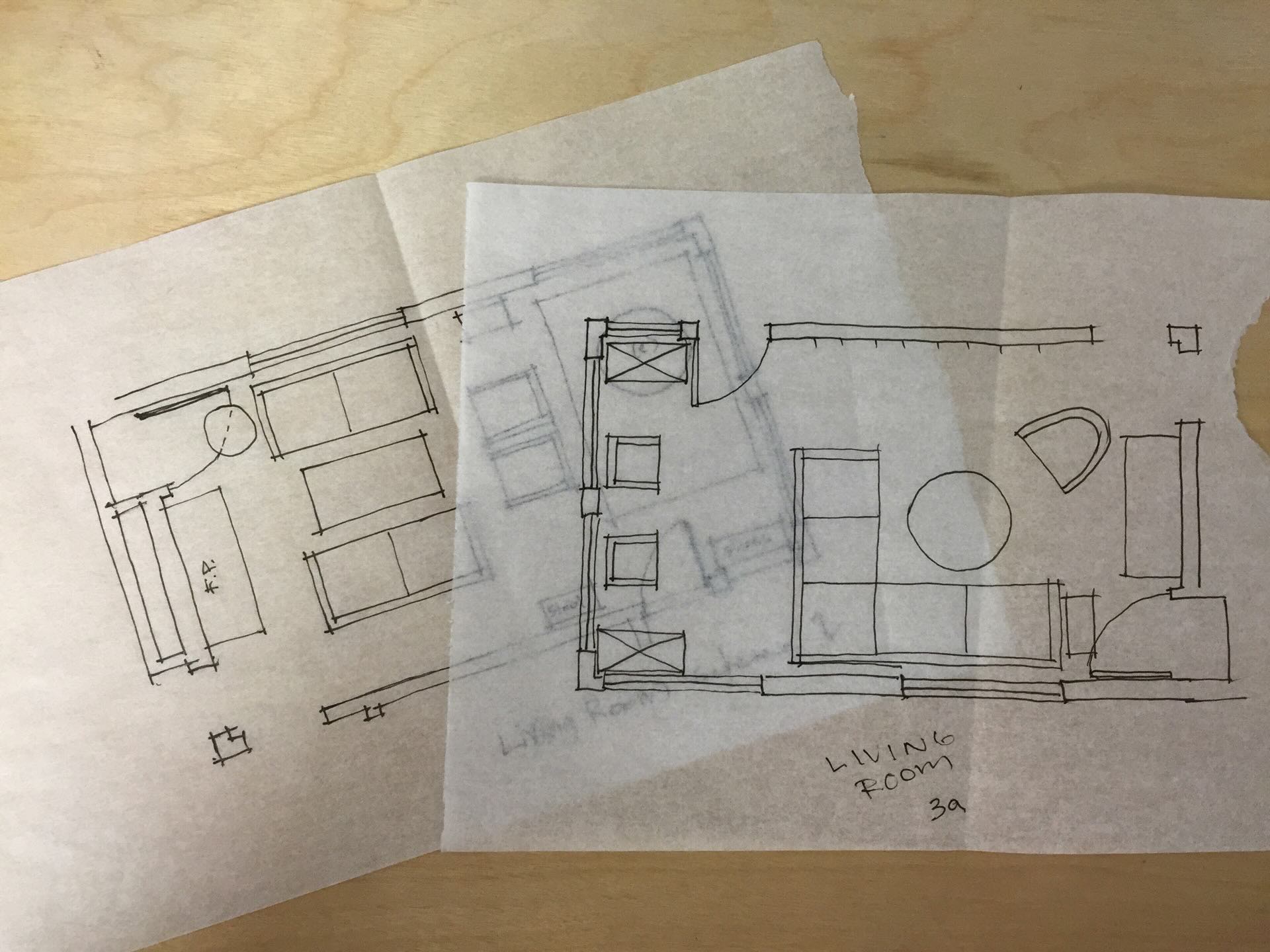






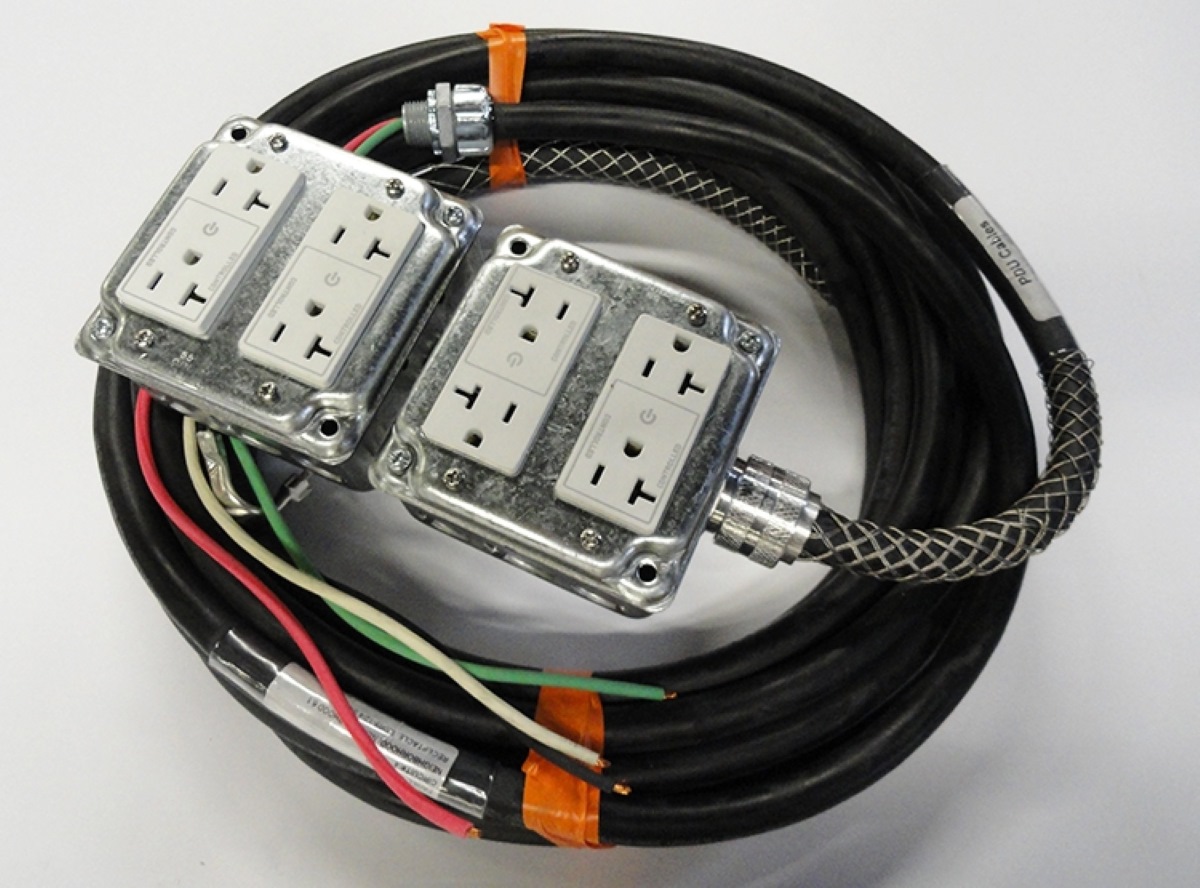
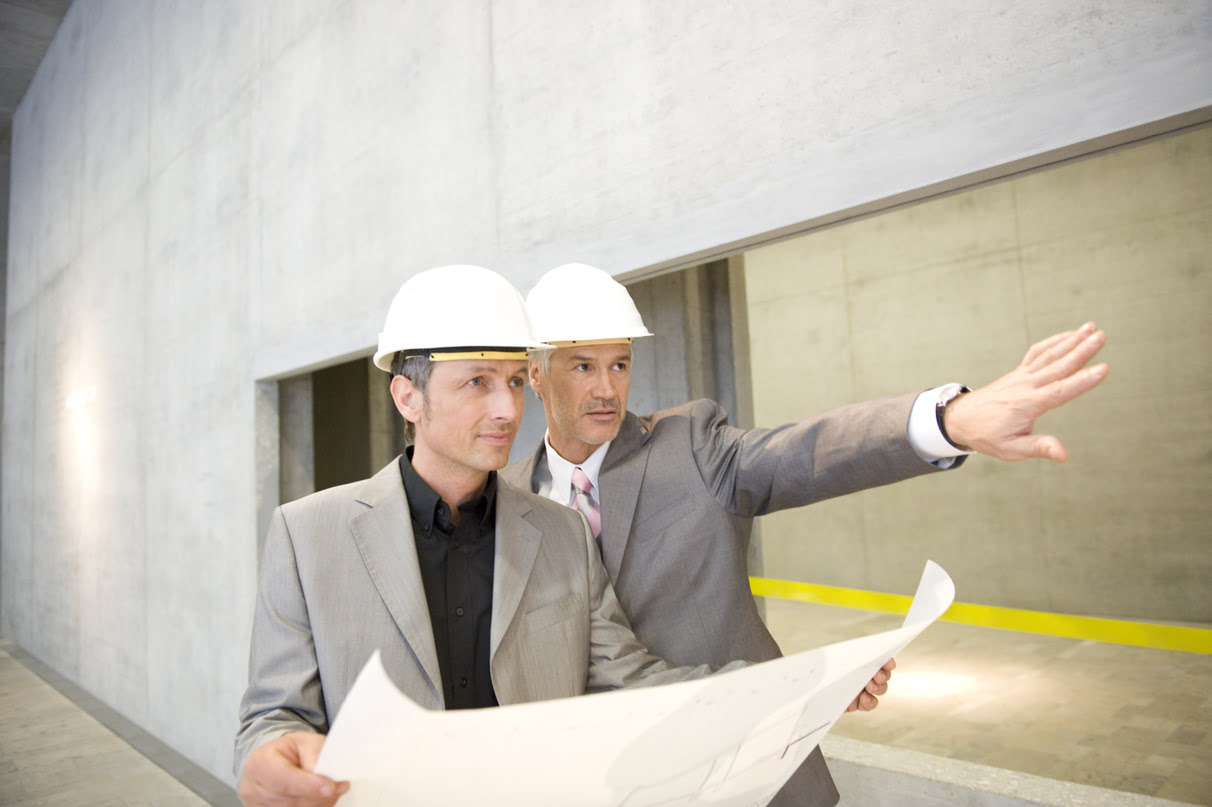
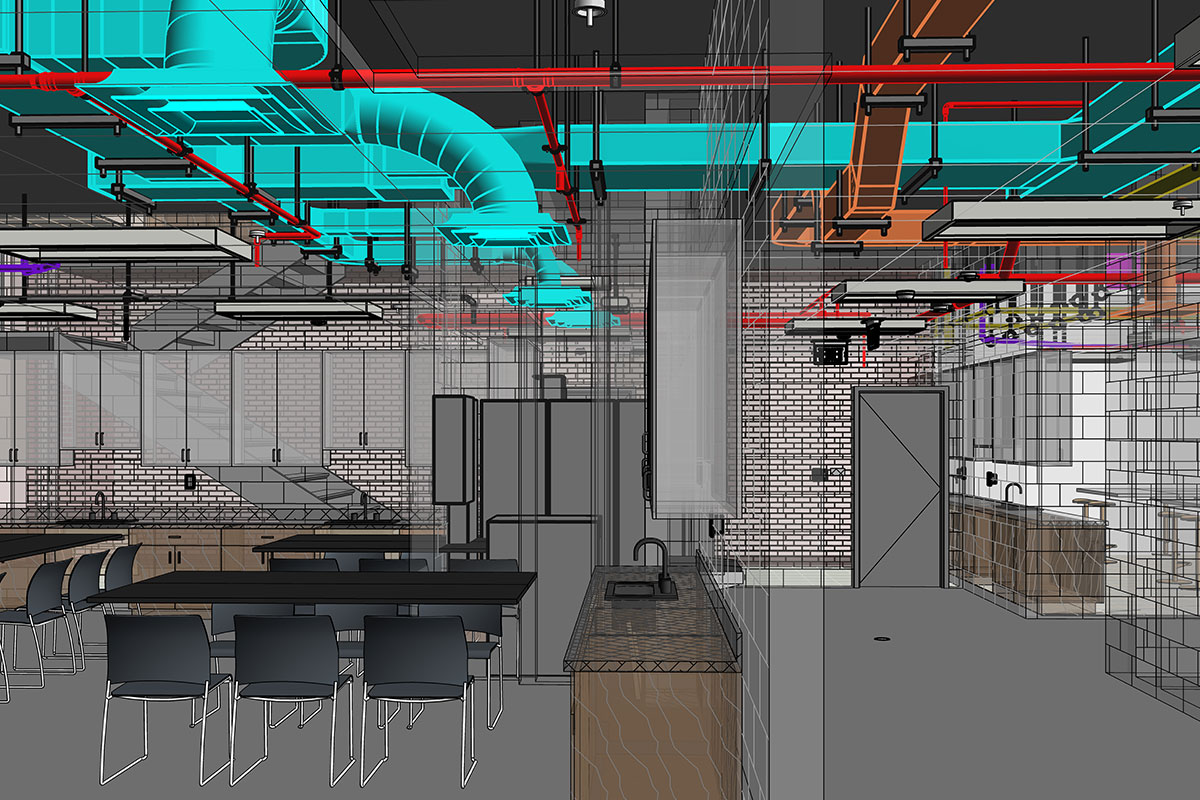

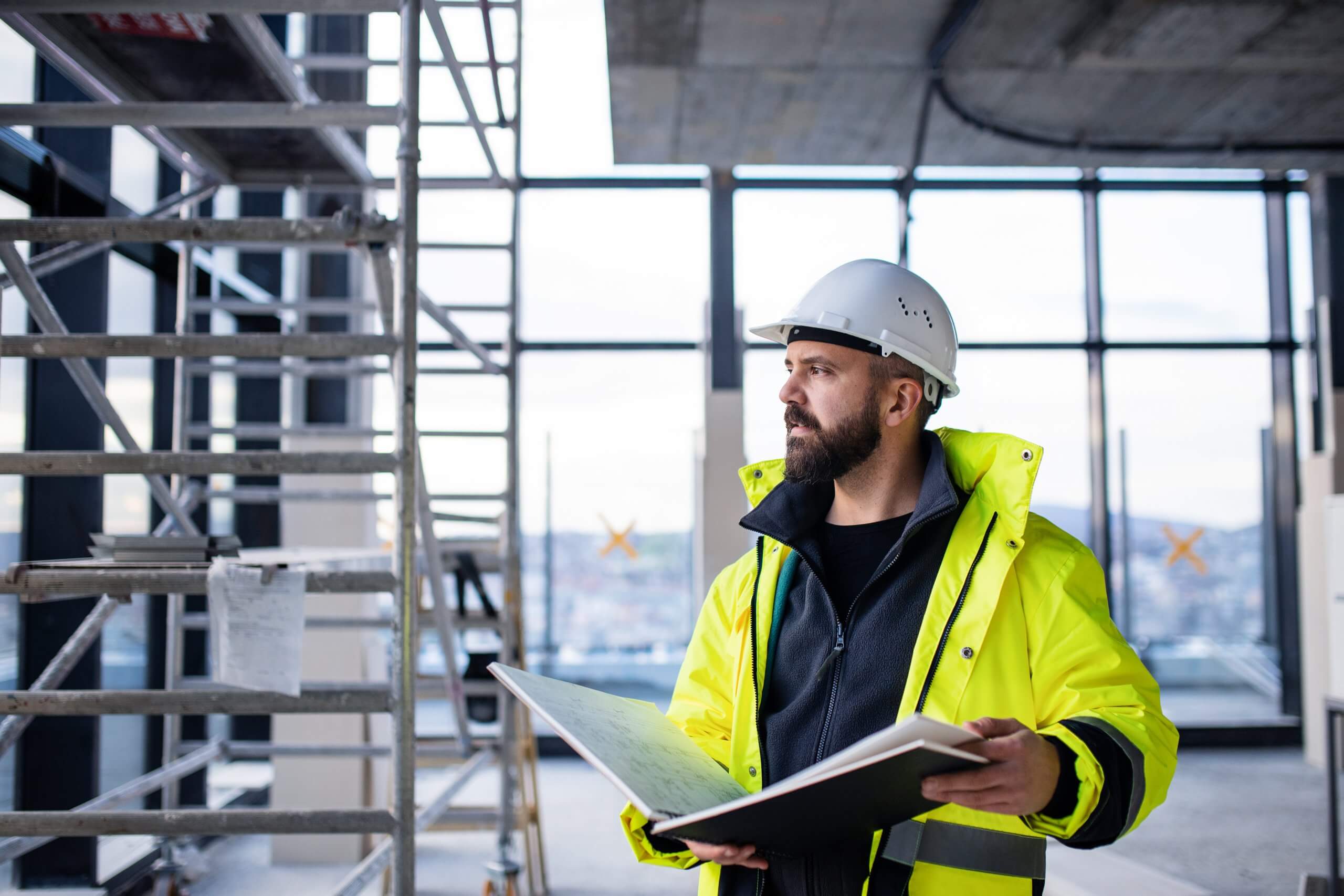
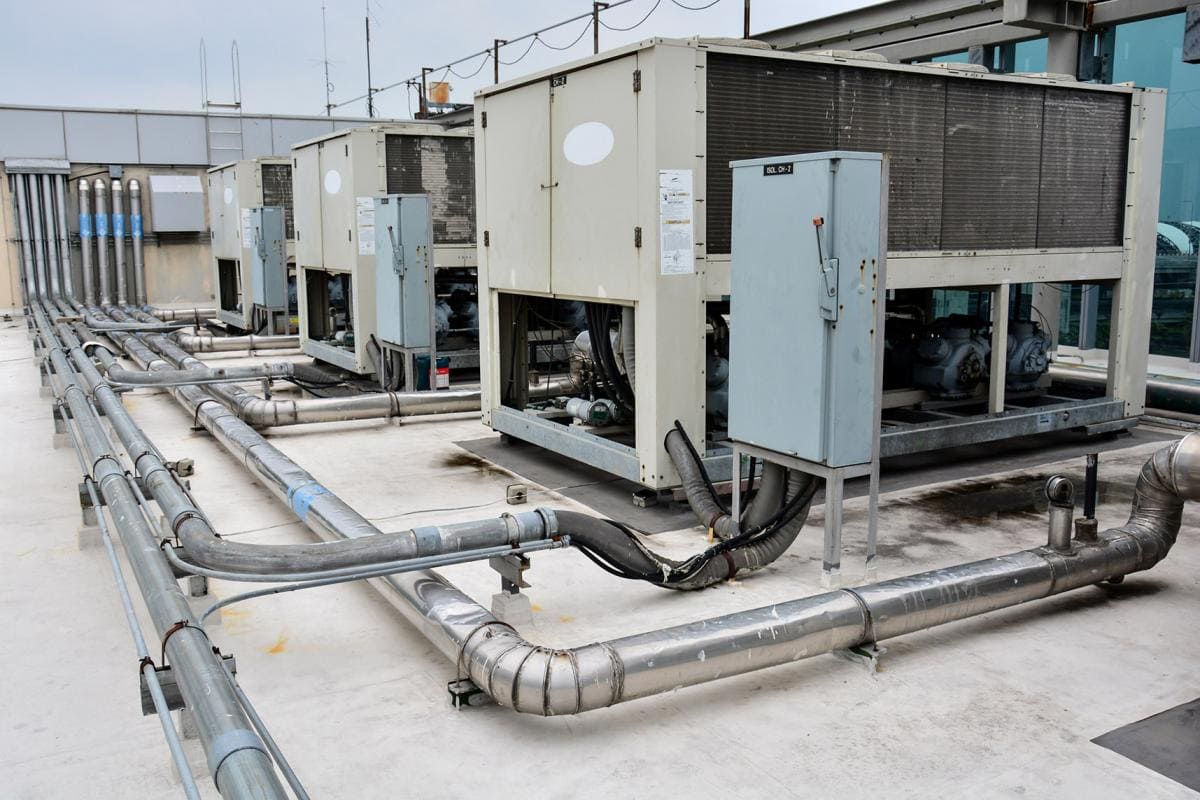


0 thoughts on “What Does “BMS” Stand For In Construction”